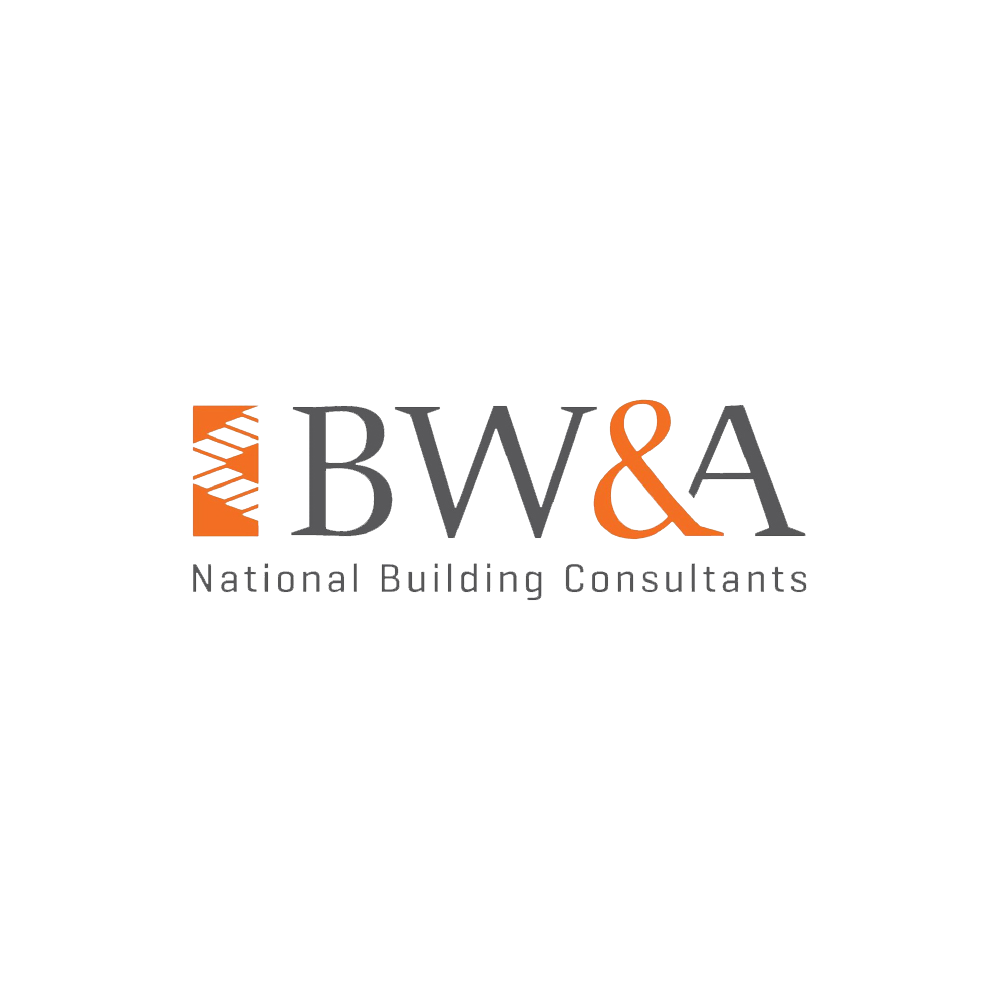The following information is from the Asbestos.vic.gov.au website and provided for educational purposes only:
Did you know that 1 in 3 Australian homes contain asbestos?
As a general rule, if your home was built:
• before the mid 1980s – it is highly likely that it has asbestos-containing products
• between the mid 1980s and 1990 – it is likely that it has asbestos-containing products
• after 1990 – it is unlikely that it has asbestos-containing products.
Identifying Asbestos
It is very important to understand where asbestos can be found in your home, especially the different types of asbestos cement sheeting and friable asbestos products.
It is not always possible or easy to find out whether a material contains asbestos simply by looking at it.
To be certain it’s best to have it tested. The National Association of Testing Authorities (NATA) can provide details of an accredited laboratory in your area where asbestos can be identified accurately.
You could also bring in a professional. Home owners are strongly advised to engage experienced and licensed professionals to undertake home renovations where asbestos is likely to be present and to undertake any necessary asbestos removal.
Home owners are allowed to remove up to 10sqm of asbestos themselves but how do you dispose of it?
The asbestos.vic.gov.au website has some great resources and this is how they recommend disposing of asbestos:
Safety Measures
Asbestos removal work needs to be undertaken according to strict safety procedures, for your own safety and that of anyone else in the area. Safety measures should include the use of protecIve clothing and equipment, decontamination facilities, waste disposal procedures, and the preparation of an asbestos control plan.
Planning
It is important you take the proper precautions for handling asbestos to avoid risking your health or the health of your family and others in the area. You also need to consider your neighbours and anyone else who is in the vicinity of your home. During asbestos removal, you need to ensure that removal work is performed in a manner that eliminates the release of airborne asbestos fibres as much as possible.
Personal protective equipment (PPE)
When performing asbestos removal work, personal protective equipment should be worn.
Any equipment used for removal work and that is likely to be contaminated needs to be:
(a) decontaminated before removal from the area where removal work is performed
(b) placed in a sealed container, the exterior of which is decontaminated before the container is removed from the area where the removal work is performed.
Please make sure you properly read the do's and don'ts about working with asbestos.
Packaging
Keep the material wet unIl it is packaged, and then carefully package the material, including any offcuts, in two layers of 0.2 mm thick polythene sheeIng.
Keep the packages of a manageable size and completely seal them with adhesive tape. Place smaller sized asbestos waste such as tiles, offcuts and dust in two 0.2 mm thick polythene bags (double bagged), then tie and seal for disposal with the other asbestos waste.
Only fill bags half full (to minimise the risk of splitting) and gently release excess air in a way that does not cause the release of dust. Bags need to be twisted Iightly and have the neck folded over and secured with appropriate adhesive tape (for example, cloth tape with a plastic coating that can be easily decontaminated). Clearly label the packages with the asbestos warning mark using a permanent marker pen. You can hire a mini skip from a waste removal company to fill with your bagged asbestos waste and have it collected by the waste company.
Transport
Plan ahead to ensure you are transporting asbestos waste safely and in secure packaging. Check the requirements of the specific waste disposal site, to ensure the waste will be accepted.
Asbestos waste disposal needs to be carried out in a manner that prevents the release of airborne asbestos fibres, which means ensuring:
- asbestos waste is securely packaged
- the waste is secure during transport
- the method of unloading the waste is safe.
Disposal
You must only dispose of asbestos at a site licensed by EPA Victoria to accept waste asbestos. You should contact the disposal site operator to check whether the site is appropriately licensed to accept the waste. At the waste disposal site, licence conditions require waste asbestos to be handled and covered in such a manner that no dust is generated.
Find your nearest disposal site that is licensed to handle asbestos.

Comentarios